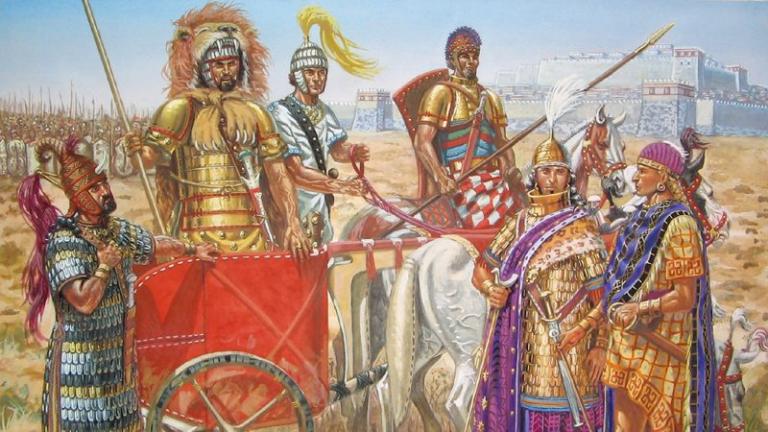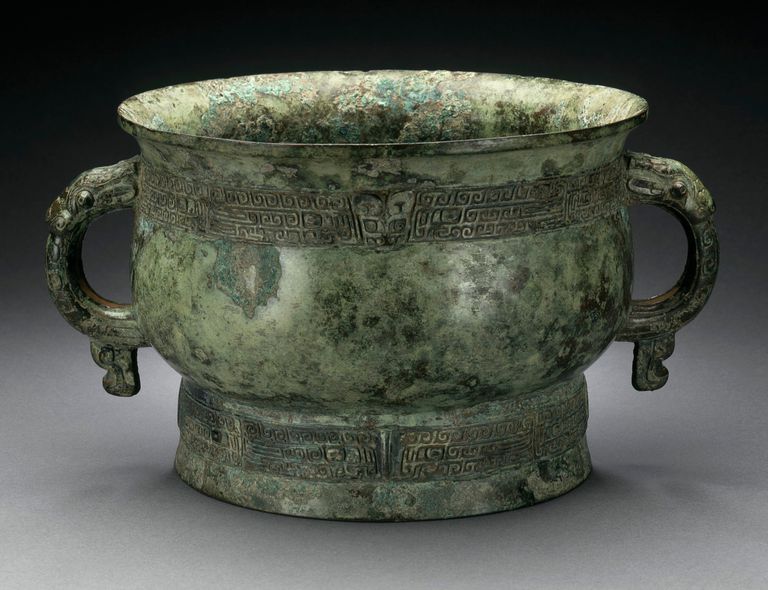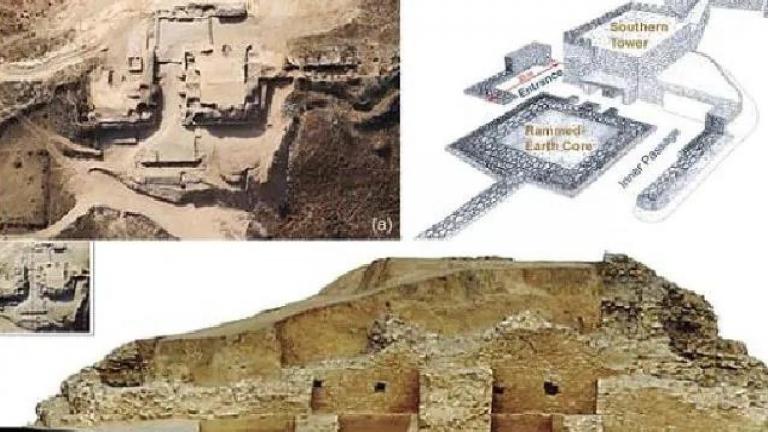Bronze Age in China
2 min readThe term of Bronze Age can be traced back to the first half of the 19th century. In 1918, Danish scholar C.
J. Thomsen(1788-1865), who curated an antique exhibition at the National Museum of Denmark, defined a time sequence of three comparatively independent ages: Stone Age, Bronze Age (including brass), and Iron Age, gradually generally recognized in history circles from then on.

Archeological discovery proves all ancient cultures experienced the Bronze Age. In Egypt, bronze ware debuted in the Middle Kingdom period (2133-1786 BC) and reached its peak in the New Kingdom period(1567-1085 BC). In Mesopotamia, bronze ware appeared in the First Dynasty of Ur(C.2700-2371 BC) and prevailed in the Third Dynasty of Ur(c.2133-2006 BC). The Bronze Age of the Indus Valley occurred in the period of Harappan Culture(c.2350-1750 BC).
China’s Bronze Age experienced a 2,000-year-long period starting from the Xia(c.2070-1600 BC), Shang(1600-1046 BC) to Zhou(1046-256 BC, including Western and Eastern Zhou) dynasties, is later than ancient Egypt and Mesopotamia. However, China’s bronze ware holds a unique position in civilization’s history compared to the rest of the world, thanks to its complicated varieties, distinct forms and sophisticated metalurgical technologies.
According to ancient literature, records on the excavation and appreciation of bronze ware of the said three dynasties appear in the Western Han Dynasty (206 BC-AD 25). With the boom of sphragistics in the Song Dynasty (960-1279), drawings and catalogues of ancient bronze ware as well as research on inscriptions, patterns, forms, structures, names and production years, the Qing Dynasty (1616-1911) witnessed the heyday of sphragistics and textual criticism of bronze ware. But, research on inscriptions, forms and structures were pervasive through the mutual verification between the inscribed wording and historic classics in this period.

However, the study of the extensive amount of bronze ware from the aspect of art history began from research on stage division and style evolution, of which the foundation was mainly laid in the 1930s. Modern science and archeology study explains more and more, the social politics, economy and cultural background of the origin and development of ancient bronze ware, providing confirmation with literature and reliable evidence of the production motivation and more profound understanding of humanistic connotations and art achievements.









